Isaan road trip: Searching for normalcy in Thailand’s northeast
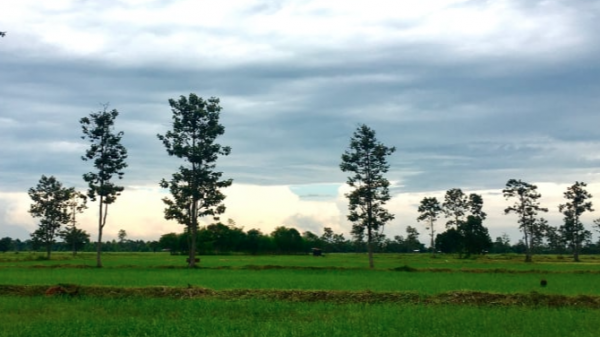
Shawdesh desk:
An overweight dog naps by an open-air som tam (papaya salad) shop. The scent of chicken grilling over charcoal fills the lane. A chorus of children’s voices rings out from a schoolhouse. No one is wearing a mask, though an old man dons a straw hat on his bicycle.
Here in the village of Ban Nong Doen Tha on the Mekong River in northeast Thailand, it’s almost like the pandemic never happened.
A week earlier, as our first chance to travel beyond Bangkok in six months approached, my partner and I asked ourselves questions that never would have crossed our minds before the pandemic.
Where can we go that will relax, excite and uplift us in ways that we used to take for granted when traveling?
We wanted to help businesses that have struggled under Thailand’s ban on foreign tourist entries, which began in late March and remains in place, save for those who are willing to quarantine in a hotel for two weeks before entering the country.
Thailand’s Covid-19 control measures have worked so far, but the drastic reduction in tourists from abroad is sinking the economy in a country that drew 39.8 million of them last year.
But before shoving off for popular destinations like Koh Samui or Phuket, we realized we longed for something very simple: normalcy. At the last minute, we set off on an 850-mile road trip around the northeastern region, also known as Isaan.
Despite delivering an intensely flavorful cuisine to go with serene Mekong valley scenery and a strong list of natural and historical attractions, Isaan drew only a small fraction of the numbers of foreign tourists who flocked to other Thai regions before the pandemic.
It is not on the “banana pancake trail.”
The lack of interest from foreign tourists may partly explain why the coronavirus barely touched Isaan, when infections surfaced frequently in provinces like Bangkok, Chiang Mai and Phuket back in April. Despite being in Thailand’s most populous region with more than 22 million residents, Isaan’s 20 provinces have reported just over 100 infections since the pandemic began.
Most of the region’s tourism industry now relies on Thai travelers, who reemerged after a nationwide lockdown and restrictions on domestic travel were lifted in June. Several hotel managers in Isaan tell us that occupancy rates are almost as high nowadays as they were over the same period last year.
Of course, the northeast has not been spared entirely. Before the pandemic, many households relied on money sent from family members working as tour guides, tuk tuk drivers, receptionists, chefs and sex workers in areas that are popular with foreign tourists.
Everyone knows someone, it seems, who returned home to Isaan after losing a job in the tourism industry.
And the region is not without its businesses that depend on the small yet reliable numbers of foreign travelers who visited before the pandemic.
“Life here is pretty much pre-pandemic normal for most people, but we haven’t done a tour since mid-February,” says Tim Bewer of Khon Kaen-based Isan Explorer, one of the few tour companies that focuses on sharing the region with a foreign clientele.
“Over the years we’ve had a few Thai guests and school trips, but they’re a very small part of our business.”
The situation is similarly dire for guesthouse owners who used to earn modest incomes from accommodating foreign travelers in some of Isaan’s cities.
Beloved backpacker spots like Mut Mee Guesthouse in Nong Khai, The Outside Inn in Ubon Ratchathani and Moon River Resort in Phimai are all missing the revenue that foreign tourists used to bring in.
Unlike in Thailand’s big-name destinations, however, the streets throughout Isaan are not plastered with “For Rent” signs.
Adventure in Bueng Kan
We hop in the back of a pickup truck and rumble into the steamy jungle of Phu Pha Singh Forest Park in Bueng Kan, a far-flung province that has caught on with domestic travelers as an offbeat adventure destination. Few foreigners living outside of Thailand have heard of it, much less visited.
The park’s sandstone formations look like lions — Pha Singh means “Lion Cliff” in Thai — along with elephants and snakeskin. Most of them come with views of the rubber farms and rice paddies that fill out the surrounds.
The highlight, Hin Sam Wan or “Three Whale Rock,” is an impressive set of three boulders resembling a family of sperm whales suspended in swimming motion over the canopy. From atop their “noses” set high above the ground, we soak in a vista of the Mekong and the green hills of Laos in the distance.
At nearby Wat Phu Tok, a harrowing set of wooden staircases and cliff-side walkways leads hundreds of feet up and around an enormous sandstone massif. The late Forest Tradition monk Ajahn Ju-an started working on the trail in 1968, employing mindfulness to keep himself from falling off the cliffs.
A storm blows in as we stride gingerly along the planks on the sixth of seven levels, which represent the seven factors of enlightenment from Theravada Buddhist teachings. In some places, only a three-foot fence separates us from a roughly 300-foot vertical drop to the treetops below.
Rain pounds the cliff as thunder cracks and fog fills our eyes. I repeatedly remind myself that the slippery walkways, maintained by local volunteers for the last five decades, are sturdier than they look.


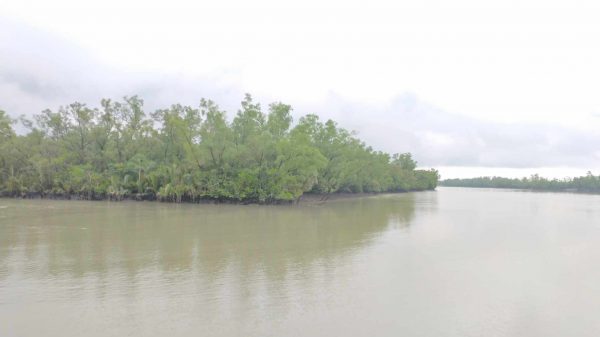
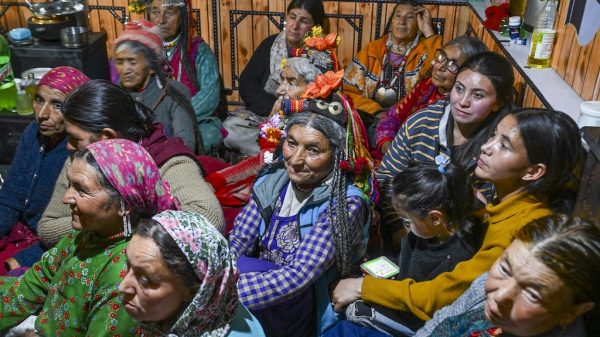
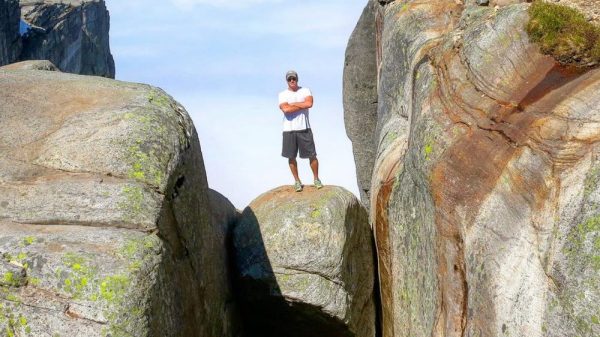

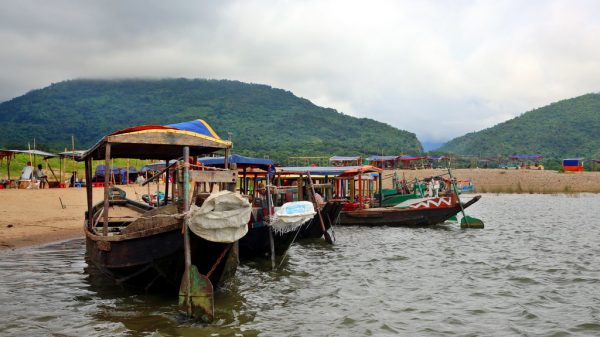
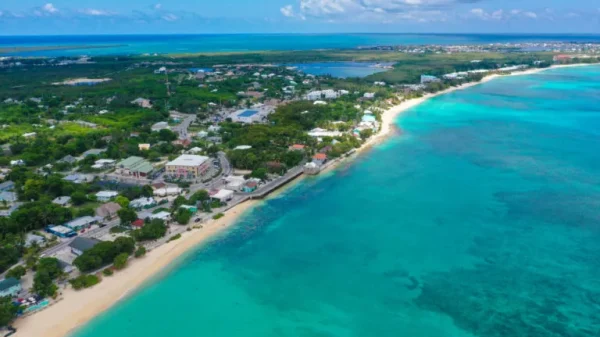



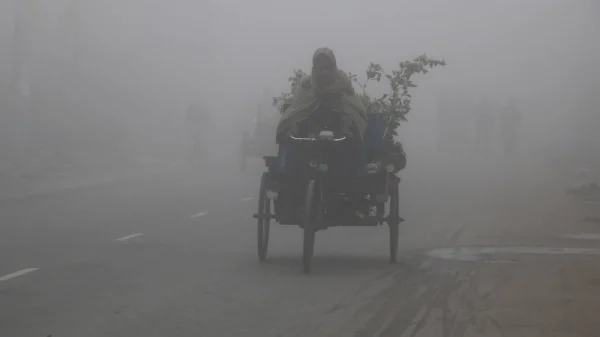
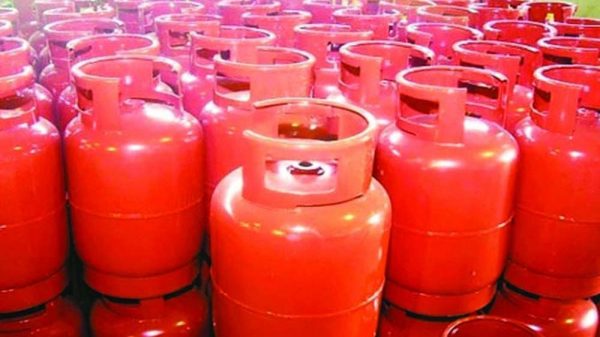
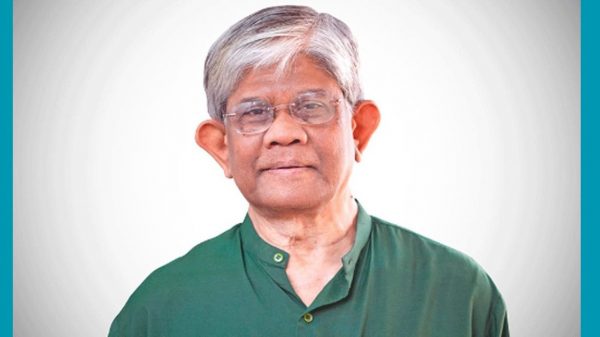
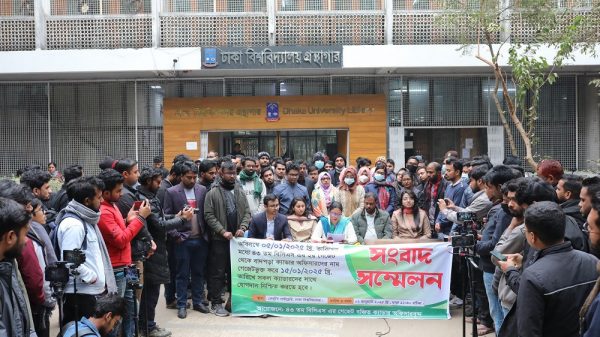



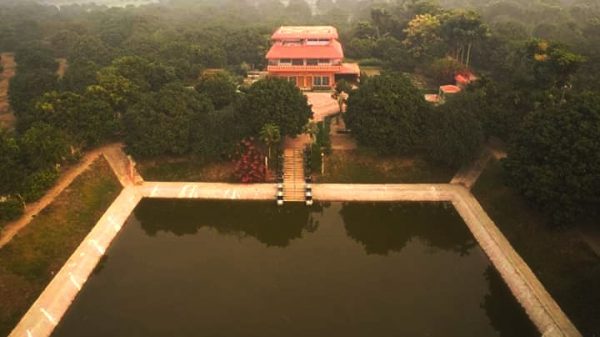

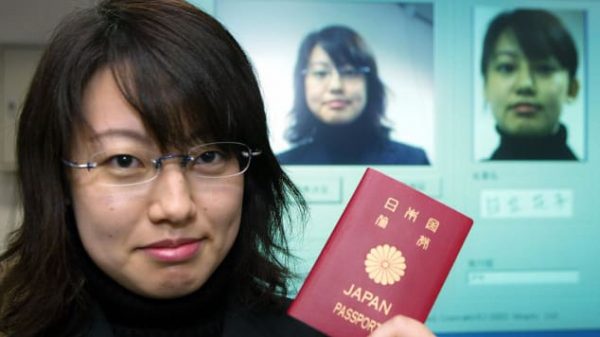


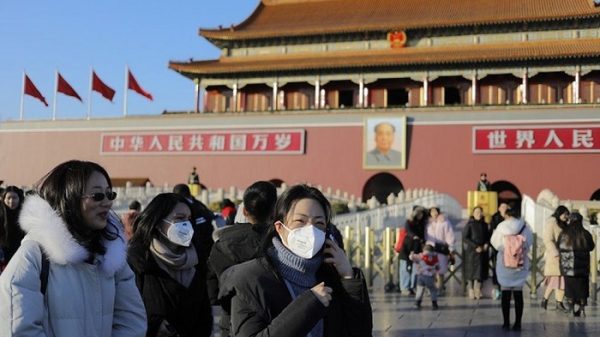





Leave a Reply